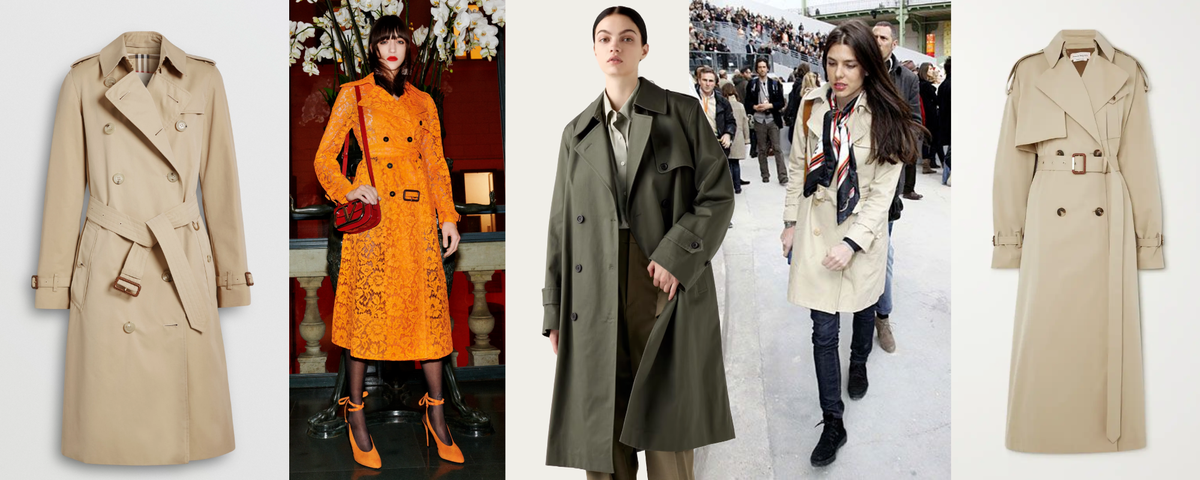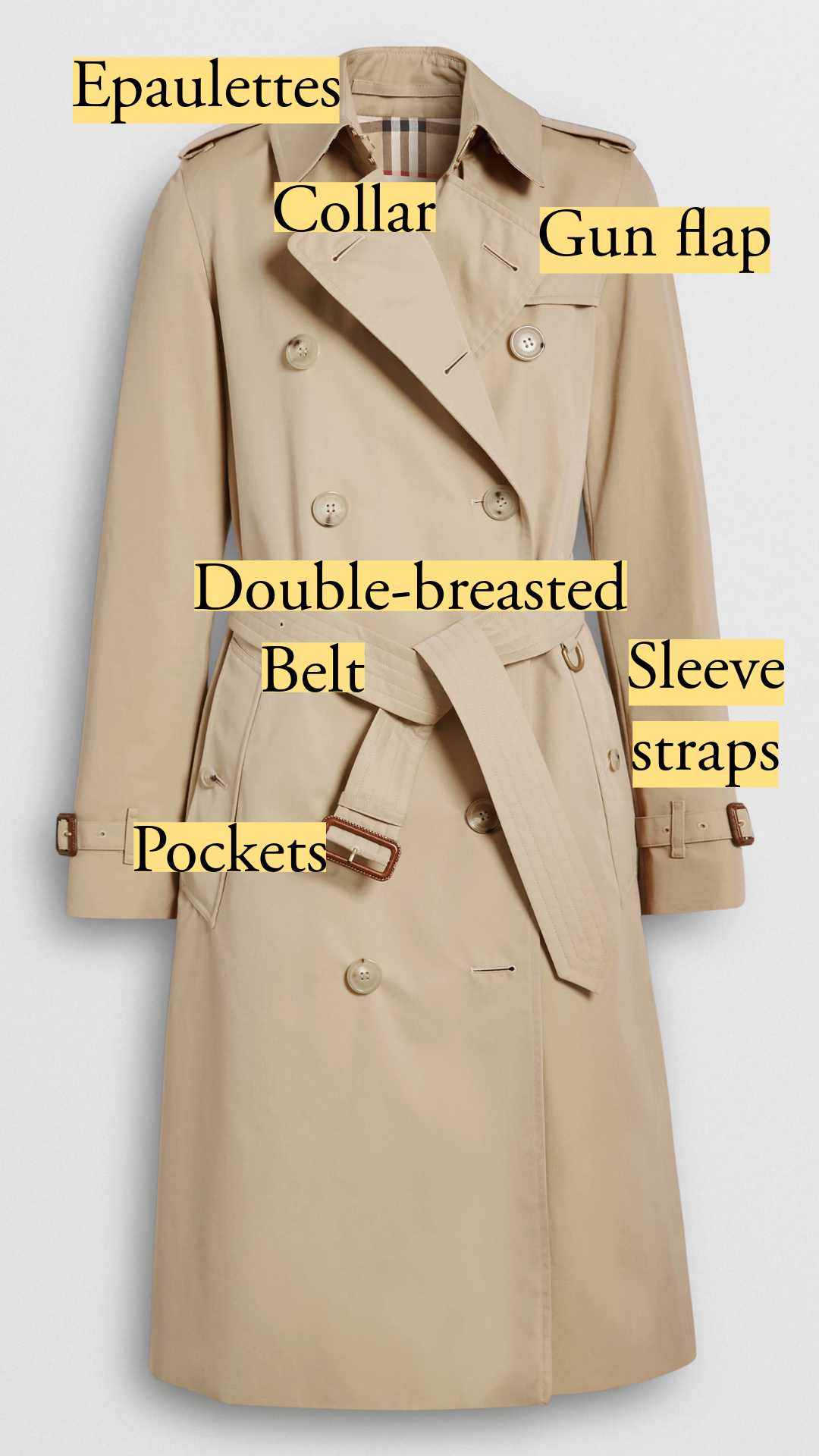Trench Coats

How has the trench coat managed to stay classic and relevant at the same time? How is it both polished and effortless?
- Instagram reel
- Shopping links: classic trench coats, cropped trench coats
The trench coat, like the button-down shirt, has evolved from its utilitarian origins to become a staple of refined wardrobes. Originally designed for military use, particularly during World War I, the trench coat addressed the needs of soldiers engaged in trench warfare under rainy weather conditions.
The coat needed to keep soldiers relatively dry and able to maneuver in muddy terrain. Multiple large pockets allowed soldiers to carry maps, field equipment, and personal items. The belt could be used to carry additional gear or a sidearm. The removable wool lining added extra insulation and also doubled as bedding.
Surely, a coat that can meet these goals can also carry us from home to the office, on a plane or the carpool, holding a phone and a badge or your kids' snacks.
Trench coats' polish comes from the collar construction and the epaulettes. Coats (and blazers) largely live or die by the shoulder and collar. The trench coat codifies a structured collar into a humble cotton without the expert tailoring of a blazer. That is a stunning achievement.
The epaulettes create the look of structure to a shoulder that probably does not have padding. It takes considerable tailoring expertise to build the shoulder of a blazer, and the epaulettes give the coat shoulder definition without relying on a complex system of inner construction.
The gabardine fabric itself has a smooth, heavy body that drapes into long, lean lines, which read as tailored and polished.
Essential Characteristics and Their Military Origins

A true trench coat possesses specific features, many of which stem from its military heritage:
